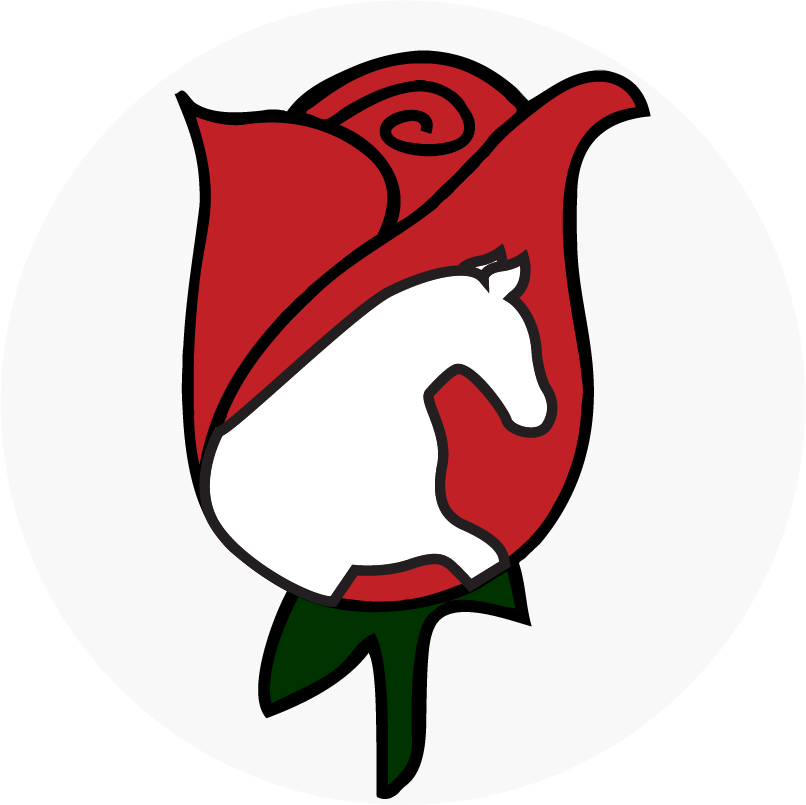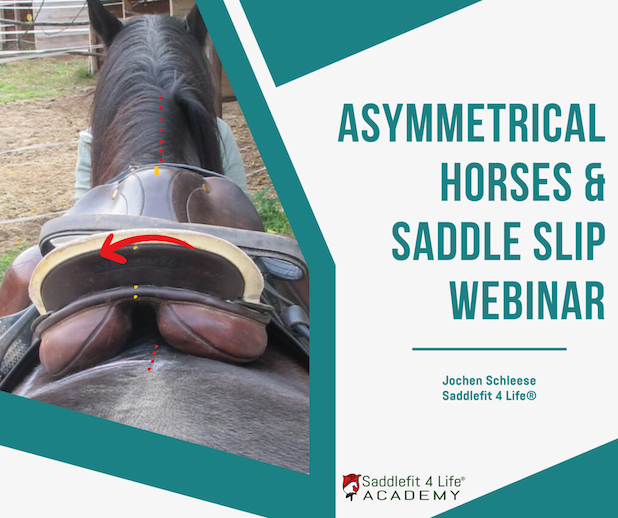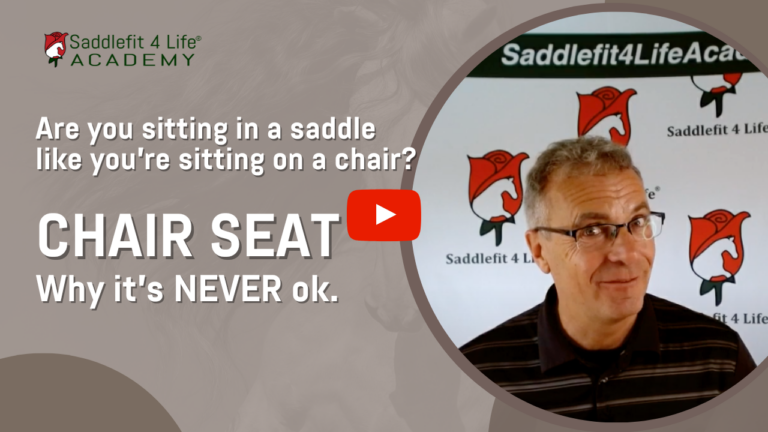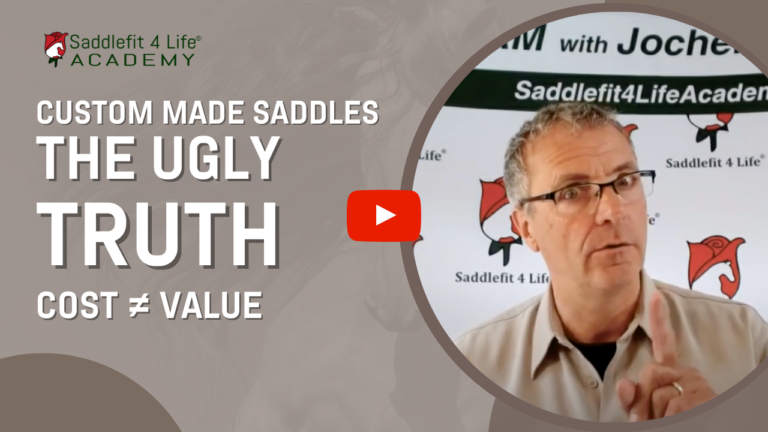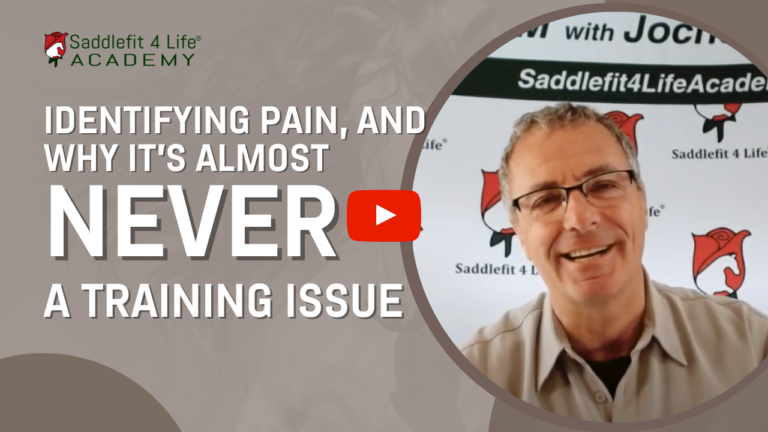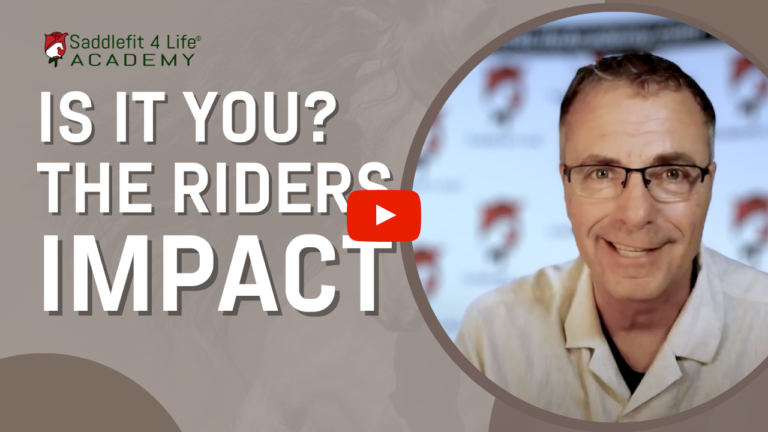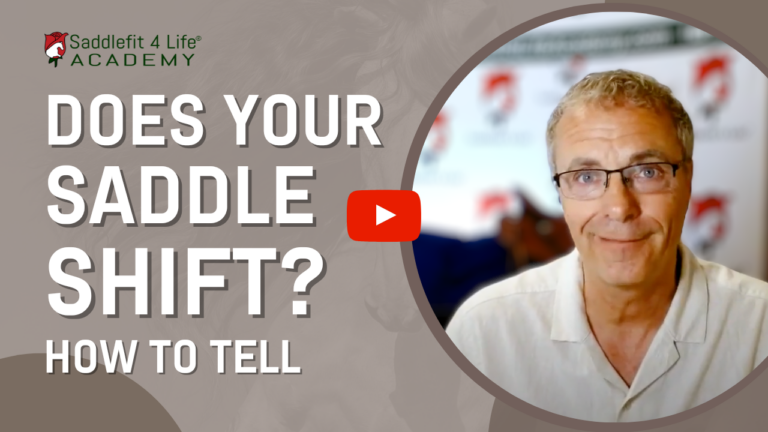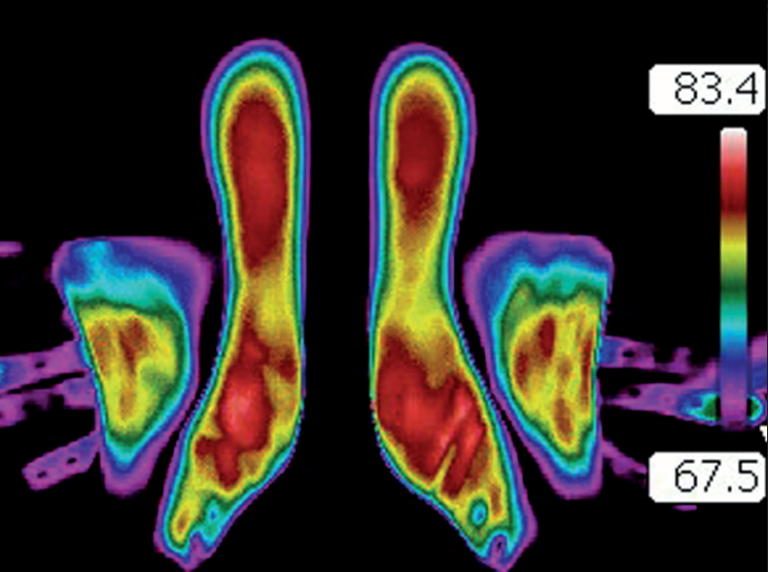Cracking the Code: Decoding Pain in Horses for Optimal Care and Saddle Fitting
Pain is a tricky subject when it comes to horses as the absence of pain can never be fully guaranteed. That said, being able to identify signs of pain is an invaluable skill that every horse owner needs to better protect their horse, but the only way to develop that skill is to first set down the beliefs that your horse is taking the piss, or otherwise trying to misbehave as this gives you a gold-plated excuse to reprimand, as opposed to investigate the problem.
The mindset of the horse is being naughty, being rude, trying to dominate or otherwise anthropomorphising horses in one way or another excuses us from having to take any additional action to identify why they’re struggling. As the saying goes, your horse is not giving you a hard time, your horse is HAVING a hard time.
Whether it is a physiological issue, or psychological, what we deem as negative and unwanted behaviors 99.9% of the time stem from pain, anxiety or fear. Training problems or behvaioral problems are rarely the issue, with most dissolving away once the core problem (pain) is addressed.
When it comes to saddle fitting, one of the ways our course, and our graduates differ from the norm is that we focus heavily on understanding the equine athlete. What does that mean?
It means we take the time and effort to understand the animal in front of us, their physical build and needs based on specific measurements, as well as weaknesses, dysfunction and acknowledging subtle signs of pain when we see it.
We see the horse through fresh eyes, without biases, without any history, and thus we’re usually able to see more than what the owner might, or be less blind to certain things that the actual owner.
It’s the basis behind physicians never treating their own family, we become accustomed to certain behaviors and patterns that we assume are normal, when in fact they are far from the norm and are actually attempts at communicating that something is wrong.
Everything your horse does is an attempt to communicate something to you.
- Pinning ears
- Threatening to bite
- Tossing head
- Swishing tail
- Moving away from the saddle/brush/tack/you
- “Mare face”
- Threatening to kick
- Refusing to bend
- Picking up the wrong lead
- Swapping leads
- Disunited
- Ewe necked
- Bucking
- Rearing
- Refusing jumps
- Tripping
- Stumbling (hind legs)
Horses do not have the ability to decide that they’re going to have a bad day, or to plot something against you. They simply react, and more often than not they’re reacting to pain be it physical or psychological. It’s our job, both as saddle fitters and just general everyday horse owners to understand what the horse is attempting to communicate.
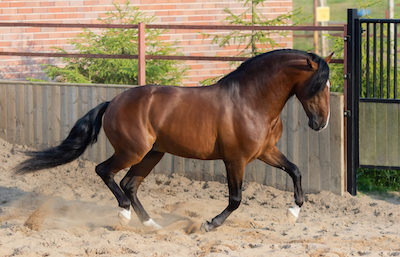
Never Miss out On free training!
Get Expert Saddle Fitting Tips & Advice
Straight to your Inbox!
From the moment you begin grooming, to when you untack, everything in between tells you if there is a problem with your saddle or even your own riding with regards to balance or asymmetry in yourself.
It is never normal, and should never be accepted as normal when a horse shies away from the saddle, pins their ears, threatens to bite, kicks, swishes their tail or otherwise behaves negativaley to grooming or tacking up. While the pain may not be a direct result of the saddle, it will still give you invaluable information that can help guide treatments.
A horse who shies away, kicks at, or swishes their tail at having their stomach or ribs groomed may be experiencing pain due to an improperly fitted girth, ulcers, trauma not visible to the eye, a dislocated rib or even a false rib.
A horse who shies away from the saddle is not a horse who hates to be ridden, but a horse who associates the saddle with pain. Biting during girthing could be the result of improper girth size or shape. Having a directional preference could mean the saddle is shifting and moving diagonally on the back, potentially connecting with the spine.
Pulling at the reins, being heavy in the hands, chomping at the bit, tripping, being “lazy” and not picking up the feet could mean the saddle is pinching in the withers, or the gullet channel is too narrow. Every behavior has an explanation beyond a simple training issue, and more likely than not can be found to be connected to some physical discomfort.

